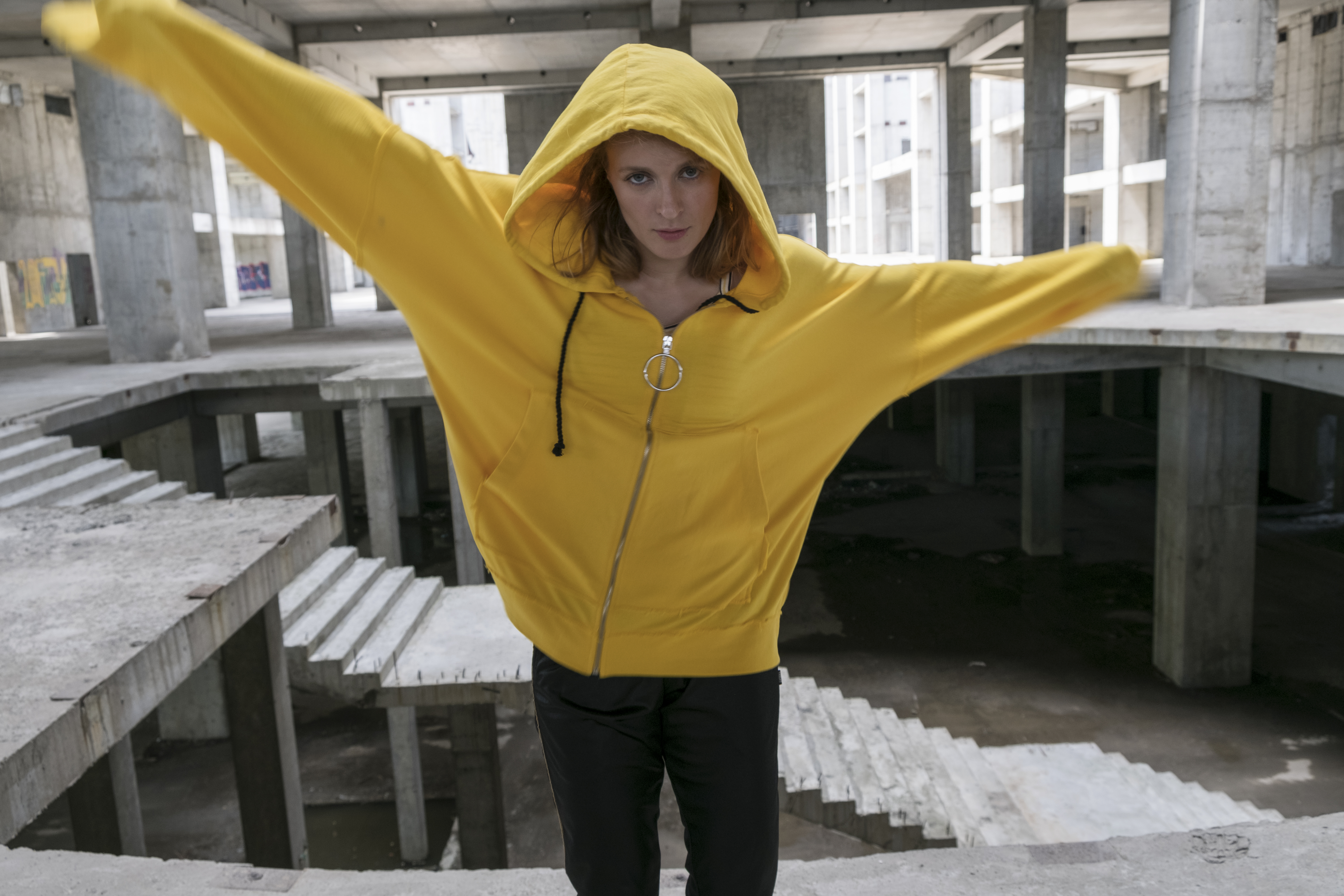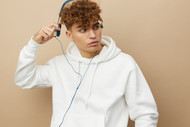Why Do Rappers and Singers Wear Hoodies and Sweatpants?
Jul 29th 2025
Why do so many rappers and singers still wear heavy cotton hoodies and basic sweatpants, even in high-budget studios or on magazine covers? With access to luxury fashion and personal stylists, why stick to something so plain?
The answer has less to do with laziness or lack of options and more to do with culture, functionality, and personal branding.
Let’s look at what it reveals about music culture, fashion psychology, and identity.
Cultural Context Before Fashion Choices
In hip-hop, clothing has always been more than appearance. In the 1980s and 1990s, most emerging rappers came from working-class or low-income environments, and sweatpants and hoodies were practical, accessible, and familiar.
That practicality gave way to style once artists gained visibility. But instead of abandoning those basics, they embraced them. These clothing pieces also became part of hip-hop’s visual language—simple, recognizable, and free from the codes of elite fashion.
The hoodie wasn’t adopted because it looked fashionable in the conventional sense, but because it signaled a relationship to place, struggle, and everyday life. That cultural foundation became even more intentional once artists gained fame and wealth.
When a successful artist wears the same style they grew up wearing, it’s a way of resisting the pressure to conform to high fashion norms. It’s also a message: “I don’t need to dress differently to belong here.”
Functionality in the Studio and Off-Stage
Apart from being a symbol of strength and resilience, classic sweatpants and hoodies also make practical sense.
The music studio isn’t a public-facing environment. It’s a workspace where artists often spend long hours—writing, recording, editing. There’s little need for aesthetic performance. So, what matters is comfort and focus.
Hoodies and sweatpants meet those needs. They’re loose-fitting, easy to move in, and layer well depending on the temperature. Studios are often kept cool due to equipment, so a heavyweight cotton hoodie does the job.
These items also eliminate distractions. No tight seams, no delicate fabrics, no need to think about how you look. This lets the artist stay immersed in the work.
In creative environments where mental energy is limited, reducing decision-making around clothing is an advantage. Although this utilitarian aspect is rarely discussed, but it plays a major role in why these athleisure pieces continue to be the default choice.
Consistency as a Personal Brand Strategy

Clothing often becomes part of how artists are recognized. Over time, consistency in wardrobe choices helps build a recognizable image.
A hoodie, especially in solid colors or with minimal branding, doesn’t compete with the artist’s music, words, or facial expressions. Instead, it complements them by keeping the focus where it belongs.
When listeners or viewers see the same aesthetic repeatedly, it reinforces identity in subtle ways. Some artists use this to their advantage by keeping their look minimal and predictable. It avoids the need to constantly reinvent their image.
In a media landscape where everything is performative, dressing in simple clothes can be a way to reject overexposure and create a sense of mystery or control.
Psychology Behind Simple Clothing Choices
There’s also a cognitive side to this. The “uniform effect” is well documented.
Wearing the same or similar clothes over time reduces the number of daily choices, which in turn reduces cognitive fatigue. Some artists apply this deliberately. When your work depends on mental clarity for writing lyrics, producing beats, and interpreting emotions, the last thing you want is to waste energy deciding what to wear.
Cotton basics meet this need. They are neutral, versatile, and require no maintenance. And for artists who see themselves primarily as workers and not as visual performers, basic but high-quality cotton attire is definitely more efficient.
Audience Perception and Cultural Expectations
There’s also the question of who the artist is dressing for. In hip-hop, especially, authenticity is still a dominant value. The audience often prefers artists who appear grounded, self-directed, and unpolished—at least visually.
Showing up in simple clothing can signal that the artist hasn’t changed, even if their lifestyle has. This is especially relevant when fans feel disconnected from artists who suddenly adopt designer-heavy wardrobes or visibly curated personas.
That doesn't mean high fashion is rejected entirely. Many artists do both: luxury outfits for public appearances, and hoodies in private or during creative work.
Closing Thought
Artists aren’t wearing hoodies and sweatpants because they lack options. They’re wearing them because those choices reflect a balance of culture, practicality, and intention.
It could be about staying comfortable in a recording booth, staying grounded in public, supporting sustainable clothing, or managing their image without excess effort; the logic is clear.

